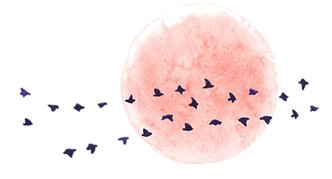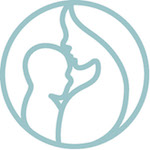Craniosacral Therapy (CST)
Positive Body Awareness
Andrew Cook MSc RCST
Transformational Bodywork
Positive Body Awareness
Andrew Cook MSc RCST
Transformational Bodywork
 Self-Help resources
Self-Help resources
All information here is freely available for anyone to use.
Please note that support, advice or clarification of these can only be provided to patients in my clinic!
IMPORTANT NOTE ON PDF FILES : Some browsers now will download the PDF file by default (i.e. will place it into your DOWNLOADS folder instead of viewing the PDF file in the web browser). If you click on a link and nothing appears to happen, then try looking in your DOWNLOADS folder!
IMPORTANT NOTE ON PDF FILES : Some browsers now will download the PDF file by default (i.e. will place it into your DOWNLOADS folder instead of viewing the PDF file in the web browser). If you click on a link and nothing appears to happen, then try looking in your DOWNLOADS folder!
meditations, visualisations and simple exercises
- Walking Lightly : Extended information and film about a natural balance for the body that automatically engages the core muscles and prevents damage to the lumbar spine.
- Body integration exercise : (PDF) An affirmation/meditation process to help integrate the body-mind, and increase body awareness. This is particularly for serious illness, but can be used - and is useful - for anyone.
- Positive Body Awareness : An introduction (PDF) A modification of the Body integration exercise, based on a combination of mindfulness (Kabat-Zin), focussing (Gendlin) and PolyVagal Theory (Porges). Eventually these will be combined into one book - but quite a way to go. Feedback and comments about your experiences using this are most welcome.
- Notes on Central sensitisation : (PDF) - a specific case application of the Positive Body Awareness information sheet. Feedback and comments about your experiences using this are most welcome.
- All this material is gradually being transferred to an online book at https://body-mind-resilience.com/.
- TMJ stabilisation techniques (PDF) : three simple exercises which take just a few minutes every day, and which might assist in reducing the symptoms of Temporomandibular Joint Syndrome. Please note that these do not replace treatment, and if they are effective in reducing symptoms, then that is a VERY good indication that treatment is both necessary and potentially highly beneficial. Also see the leaflet on CST, TMJ Syndrome and Orthodontics
- Exercises for re-structuring the tongue and upper respiratory tract (PDF) : A set of exercises for the face and mouth that reduce snoring, and open the airway around the mouth and upper palate.
- Use of the balls of the feet and the transverse arch. For more information, see Walking Lightly.
- Infographic on the window of Tolerance ©NICABM (otherwise known as the winodow of normal adaptation, this shows how trauma can reduce the ability to exercise choice in behaviour).
- Infographic on the effects of Anxiety. This shows that anxiety has mental, emotional. behavioural, physical and physiological effects (the patter two being "somatisations"). Most people know this (think of common phrases such as butterflies, or stomach-churning, tense, gripping, etc), but when it comes to personal symptoms tend to forget it.
- A list of senses
General information
- A formula for using Notes on re-hydration and salt-water balance.
- A formula for using Turmeric as an anti-inflammatory (PDF).
- CV19 resources for acute symptoms, home recovery and long covid
Interesting videos
- John Arden talks about neural networks and feedback loops. The mind and emotions, senses, physical body, physiology, immune system, and genetic (cellular) expression are all connected in a series of feedback loops.
- Masaru Enmoto : The Rice experiment. You are what you think.
- The Animal Communicator : Anna Breytenbach (Full documentary).
- Pawel Schemet : surviving Chernobyl.




<< ¦ Top ¦ Menu ¦ Front page ¦ Body-Mind ¦ CST/Clinic ¦ Contact ¦ Site Map ¦ Search
all content © Andrew Cook, Norwich UK, 2021



